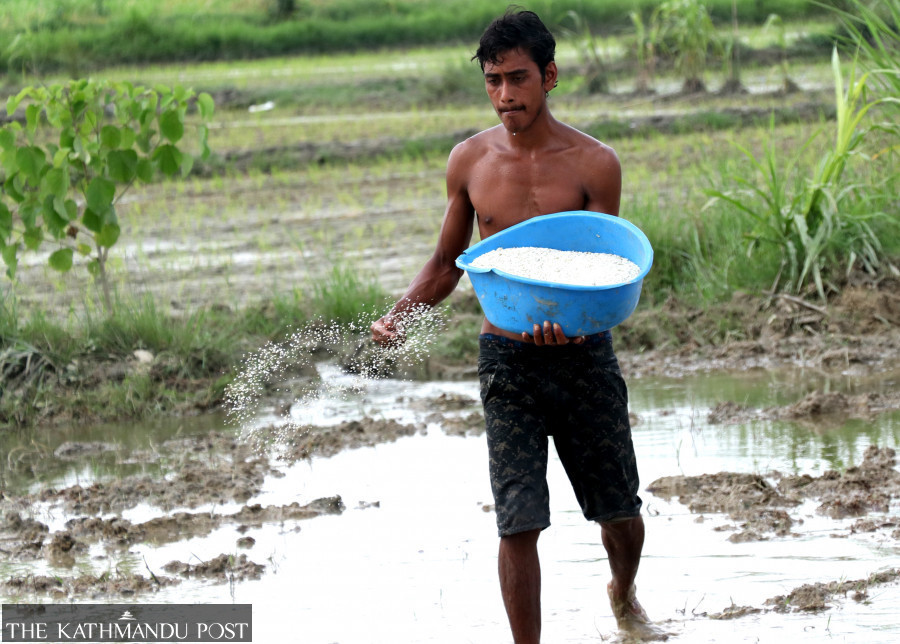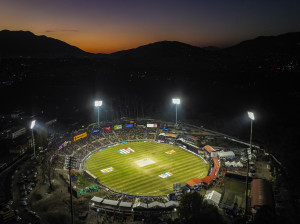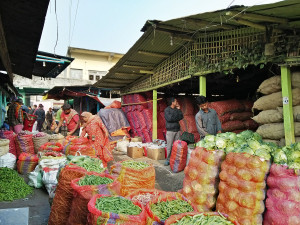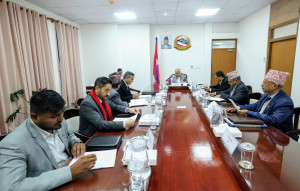Editorial
Short on fertilisers, again
Creating a buffer stock in every province and ensuring sufficient supply is the lasting solution.
With the start of the monsoon season, usually in the second week of June, farmers in Nepal prepare for paddy plantation. The country witnessed an early onset of the season this year, by around two weeks, and farmers have already geared up for the planting season. However, they are struggling to find fertilisers, a basic for paddy plantation. Shortage of fertilisers has been a decades-old problem. People queuing up for hours and fighting to secure a sack of chemical fertiliser is a common sight repeated every year. Local administration often deploys police, who even baton charge farmers struggling to find a few sacks of fertiliser at local distribution centres.
Farmers from the southern part of the country also try to find it in Indian markets. But buying in the markets across the border and bringing it into the country is not easy either. Security forces and other officials on both the Indian as well as Nepal sides trouble them. Only those who can work in collusion with the middlemen and authorities can manage fertilisers in sufficient quantities. Having no other option, farmers also resort to purchasing it even in black market, which drastically increases their cost of paddy production, eventually making the Nepalis engaged in commercial farming unable to compete with supplies from other countries.
Despite knowing that the problem repeats every year, Nepal’s politicians and bureaucratic officials are unfazed, and they are never serious about finding a lasting solution to this problem that directly affects millions of people. Historically, agriculture has been the backbone of Nepal’s economy, and the majority of the country’s population always depended on this sector for their livelihood. According to the Agriculture Census 2021-22 report released by the National Statistics Office, around 19.44 million Nepalis of the total population of 29.16 million depend on farming for their livelihood. The agricultural sector contributes 25.16 percent to the Gross Domestic Product (GDP). It also plays a vital role in the expansion of industrial and service sectors.
Nepal’s economy is largely driven by agriculture and the output of the sector is heavily reliant on the availability of fertilisers and irrigation. Two-thirds of Nepal’s farmland is rain-fed due to the state’s failure to provide irrigation facilities in many parts of the country. The problem is compounded by the government’s failure to supply fertilisers on time. With the meteorological department forecasting above-average rain this monsoon, the country’s agriculture sector can yield better output if the authorities can fulfil their basic and minimum duty–make fertiliser available in the market.
Timely finalisation of the contracts for the import and distribution of the chemical fertilisers, creation of a buffer stock in each of the seven provinces and ensuring sufficient stock there—that is the route to a lasting solution. The government has made such announcements before but failed to honour them each time. While Nepali leaders never get tired of selling the dreams of prosperity, they are least bothered about ensuring something as basic as fertilisers when other agriculture-dependent countries are leaping ahead with new agro technologies and know-how.




 14.12°C Kathmandu
14.12°C Kathmandu














